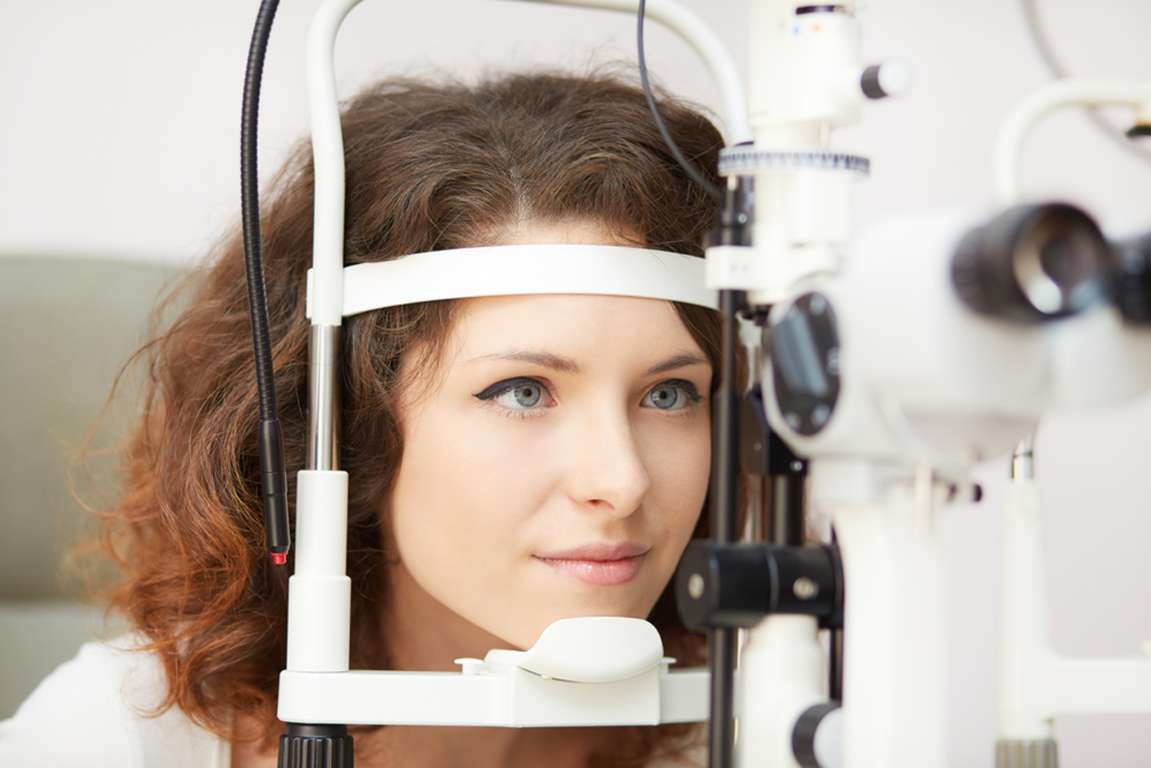
Anterior Lamellar Keratoplasty (ALK) is an alternate treatment that selectively replaces the front part of the cornea when it’s scarred or distorted. In ALK, the surgeon dissects the cornea into two thin pieces and removes the front, scarred part. An identical area of healthy tissue from a donor cornea is then used to replace the area that was removed. This procedure is less invasive than a penetrating keratoplasty. Your eye will be stronger after surgery and you’ll be ready to resume normal activities sooner. Based on the sort of ALK, sutures may or might not be needed.
Zigzag vs. Straight Incision: What’s right for you?
It’s important to decide on an experienced and skilled surgeon when considering a cornea transplant of any kind. Additionally to deciding whether or not to remove the endothelium during a PK or leave it intact with an ALK or DALK, there’s an alternate choice to have either a straight or zigzag incision.
The straight incision is hand cut with a trephine as noted previously whereas a zigzag incision is cut with a femtosecond laser that precisely creates interlocking incisions.
The principal advantages of the interlocking zigzag incision over the straight incision are that the zigzag helps align the front surfaces of the donor and recipient corneas, very similar to a boat floating during a boat dock. This helps to reduce potential visual distortions. The zigzag is like tongue-in-groove construction–creating a stronger wound which ends up in more secure and faster healing allowing patients to get back to their normal lives sooner and with greater confidence.
Rejection with ALK & DALK
Epithelial and stromal cells (the two layers removed with ALK and DALK) can regenerate, while the endothelial cells (back layer) cannot. With ALK and DALK, patients retain their own endothelium therefore the risk of a patient’s immune system rejecting the tissue is dramatically reduced, which implies patients can discontinue use of the corticosteroid eye drops used to prevent rejection sooner. These drops have side effects for a few patients that may cause Glaucoma and Cataracts, so shortening the time a patient uses these medications will reduce the possibilities for these adverse effects to occur. Since these drops slow wound healing, stopping sooner means faster healing time and earlier suture removal.
